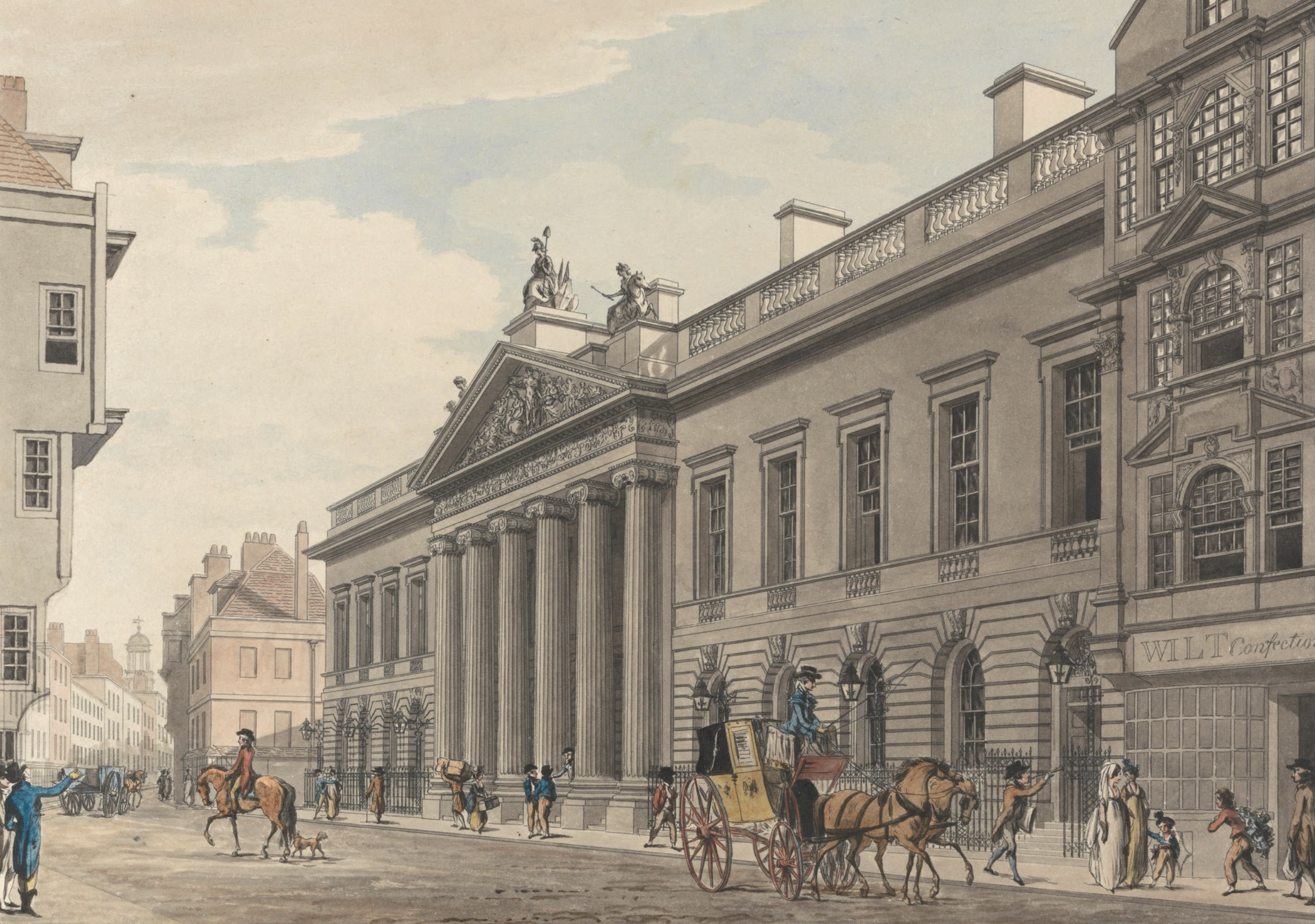I sat across from my wife, her worried expression mirroring my own. “I don’t know what to do,” I said to her, my voice low. “We can’t rely on the local market, and the foreign trade is becoming more and more difficult.” She nodded, understanding my concerns.
As I walked through the streets in the evening, as though it was written in the start, I was approached by a fellow trader, a friend, who invited me to a meeting at Founder’s Hall. “We need to explore new markets, and the East Indies might just be the answer,” he said, trying to convince me. “But it’s a risky venture, and not all ships make it through.” I hesitated, but ultimately agreed to attend the meeting.
As I made my way through the smoky streets of London, I couldn’t help but notice the buzz of excitement around me. There were rumours of a new playwright named Shakespeare, who was working on a new play called Hamlet. I made a mental note to see it when it premiered.
I arrived at Founder’s Hall, and saw Sir Thomas Smythe take the stage and gave a rousing speech about the opportunities that lay in the East Indies. But as he spoke, I couldn’t help but think of the risks involved. I weighed the proposition in my head, considering the potential profits against the risks involved.
In the end, I decided to invest a small amount, viewing it as a risk worth taking. “I’ll join you on this voyage,” I said to my friend. “But let’s keep our investments small, just in case.”
Sir Thomas Smythe noticed my hesitation and approached me after the meeting. “You’re wise to be cautious,” he said, his voice serious. “But I believe that this venture will pay off in the end. It won’t be easy, but nothing worthwhile ever is.”
As I made my way back home, I couldn’t help but wonder what the future held. The East Indies were a world away, but the potential profits were worth the risk.
It is a common mistake to view the East India Company (EIC) solely through the lens of its later success and expansion. While there’s no denying the behemoth that the company became in later parts of the 18th and 19th century, its origins in 1599 was under much different circumstances.
At the time, England wasn’t the industrial superpower it would become, but rather was an impoverished agricultural country. The protestant reformation had taken the country by storm over the past century and earned itself the status of a Pariah Nation among the powerful institutions of mainland Europe.
England wasn’t a major player in global trade either. The glory lay with the Iberian Peninsula, with whom their relationship was worsening. The Dutch too had established links with the East Indies, trading spices they brought from modern day Indonesia and making over four hundred percent profit on it. Antwerp, which served as the Capital of the Dutch Revolt, served as a bustling city for trade in Europe. London on the other hand was far from it, though it still had its relevance, with William Shakespeare directing his very first plays.
It was under these circumstances that the merchants of London gathered at the Founder’s Hall, off the Moorgate on 24th of September 1599. The worsening relations with mainland Europe, meant that the merchants had to look elsewhere for new markets.
It wasn’t merely the richest merchants in town that had gathered in the hall. While there were the likes of Sir Stephen Soame, the Lord Mayor and Sir Thomas Smythe, the Auditor of the London City, who had only a few years before helped in forming the Levant Company, there were also ambitious local merchants, grocers, clotheworker etc.
Two days earlier, Thomas Smythe had already gathered the hundred and one well-fleeched Londoners, subscribing them to his idea of ‘the voiag to the East Indies’, collecting nearly thirty thousand, which in modern day would amount to nearly 3 Million Euros.
Despite the climate in the country, this event, even then, was recognised to be historic. There were notaries present with their inks and quills to note down every minute of this diverse gathering. Little did they know that they were witnessing the birth of a company which would one day dominate nearly half of global trade and have a lasting impact on the world.
Photo Credit: East India House, By Thomas Malton the Younger, 1748–1804, British. Yale Center for British Art, Paul Mellon Collection

Leave a Reply